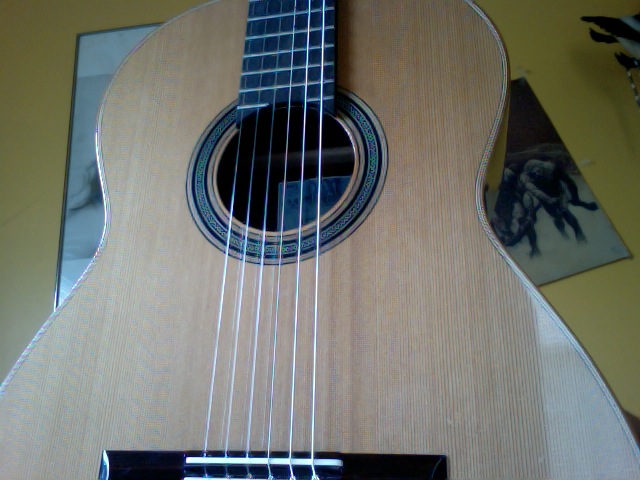Kenneth Goldsmith once remarked that when it comes to acquiring digital content, we are preferring the bottles to the wine. Could it now be that we are preferring the cellars to the bottles and the wine?
Music services like Spotify and Pandora have become the main mode of our intake. If we pay for anything, we pay for monthly access to the wine cellar. It is not a matter of paying for one song or album but for the cellar’s key. Once we pay for entry, it does not matter how much or little we listen to. The only thing that matters is that we put our money in the jar at the entrance.
New properties arise in music because of this. Spotify manifests in the many, constantly updating its back catalogue along with new releases. Because of this, no one album or song takes precedence over the other. Old and new weave together to form a single organism. It is similar to the formation of Calamites, an extinct plant similar to the modern day horsetail. Karl Niklas, a plant evolutionist, discusses this unique property:
“Only one can wonder at the lengths of the huge rhizomes that anchored Calamites to the ground. Interconnected by these subterranean roots, hundreds of Calamites actually made up single organisms, possibly the largest living things in Earth’s history.”
Since their roots are connected in a continuous network, individual Calamites form a single Calamite. This is baffling when one can observe each and every Calamite in detail. Are they not independent organisms? On the contrary, each constitutes but an angle of a larger entity.
This is what happens when we listen via a music service. Albums are not the way they were as CD’s or LP’s: independent and singular artifacts. Now, the digital weaves these artifacts together. It is the interlacing that is now emphasized. That is what we pay for – not the bottles, not the wine, but the cellar itself. A single Calamite made of many Calamites.
Does this mean that we will care more about these entities and less about the music? The connections rather than what they connect?
